Home>Furniture & Design>Living Room Furniture>How To Stop Recliner From Squeaking
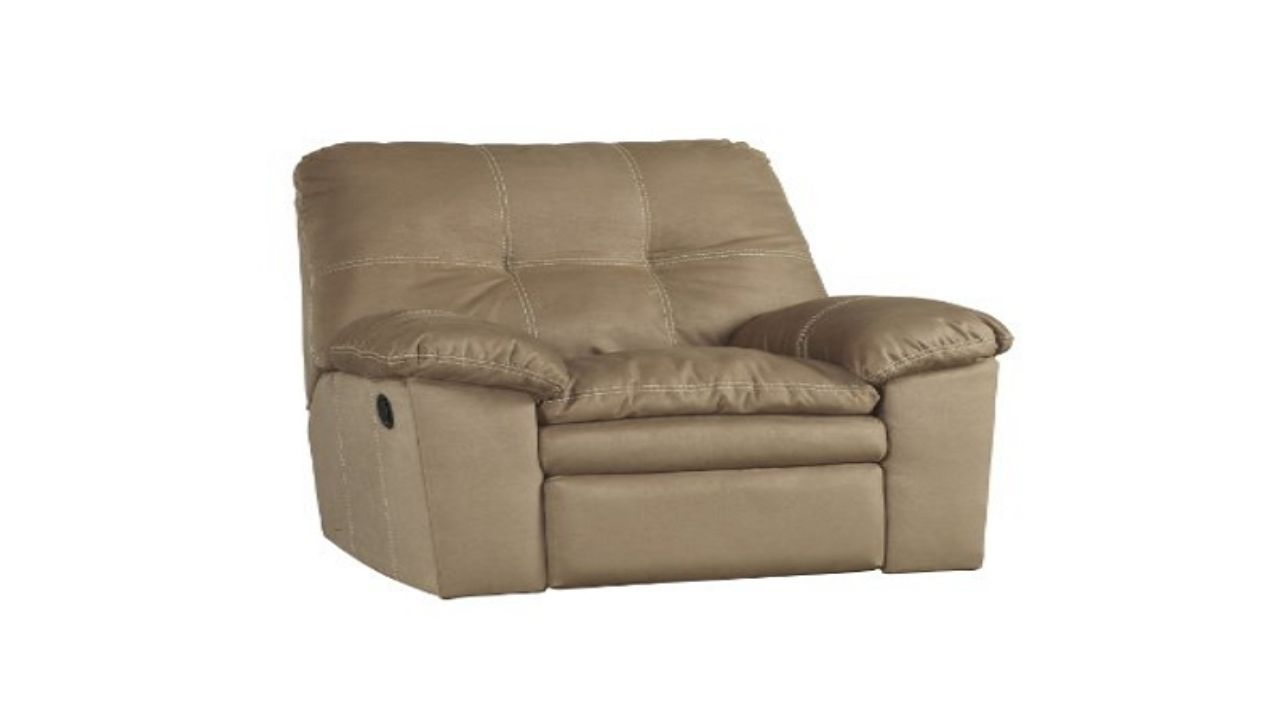

Living Room Furniture
How To Stop Recliner From Squeaking
Published: February 12, 2024
Learn how to stop your living room furniture, specifically your recliner, from squeaking with these effective tips and solutions. Say goodbye to annoying noises and enjoy a peaceful and quiet seating experience.
(Many of the links in this article redirect to a specific reviewed product. Your purchase of these products through affiliate links helps to generate commission for Storables.com, at no extra cost. Learn more)
Introduction
A squeaky recliner can be a major annoyance, disrupting the peace and comfort of your living room. Whether you enjoy unwinding in your favorite recliner after a long day or hosting guests for a cozy movie night, a squeaky recliner can put a damper on the experience. The good news is that you don't have to tolerate the squeaks any longer. With a few simple steps and some basic tools, you can silence the squeaks and restore tranquility to your living space.
In this comprehensive guide, we will delve into the common causes of recliner squeaking and provide you with a step-by-step solution to eliminate the irksome noise. Additionally, we will share valuable tips for maintaining your recliner to prevent future squeaks, ensuring that you can continue to enjoy its comfort for years to come.
So, if you're tired of the incessant squeaking every time you recline or shift positions, you've come to the right place. By the end of this guide, you'll have the knowledge and tools to bid farewell to the pesky squeaks and reclaim the serenity of your living room. Let's dive in and put an end to that bothersome recliner squeaking once and for all!
Key Takeaways:
- Say goodbye to annoying recliner squeaks by tightening screws, applying lubricant, and making necessary adjustments. Keep your living room peaceful and serene!
- Prevent future recliner squeaks with regular inspections, lubrication maintenance, mindful usage habits, and professional assistance when needed. Enjoy a squeak-free, tranquil living room!
Understanding the Cause of Recliner Squeaking
Recliners are designed to provide comfort and relaxation, but over time, they can develop squeaks that disrupt the peaceful ambiance of your living room. Understanding the root causes of recliner squeaking is crucial to effectively addressing the issue. Several factors can contribute to the unwelcome noise, and identifying these culprits is the first step toward finding a lasting solution.
Worn Out Components
One of the primary reasons for recliner squeaking is the wear and tear of its components. Over time, the mechanical parts of the recliner, such as the springs, screws, and bolts, can become worn or loose, leading to friction and squeaking when the chair is in use. Additionally, the upholstery and padding may deteriorate, causing the internal framework to rub against each other, resulting in squeaks with every movement.
Lack of Lubrication
Another common cause of recliner squeaking is the lack of proper lubrication. The moving parts of a recliner, including the hinges, swivels, and reclining mechanisms, require regular lubrication to function smoothly. Without adequate lubrication, these components can generate friction and produce annoying squeaks as you recline or adjust the chair's position.
Poor Assembly or Installation
In some cases, recliner squeaking can be attributed to poor assembly or installation. If the recliner was not assembled correctly or if certain components were improperly installed, it can lead to misalignment and unnecessary strain on the chair's mechanisms, resulting in squeaks and creaks during use.
Substandard Materials
Recliners constructed with substandard materials are more prone to developing squeaks. Low-quality wood, metal, or plastic components can degrade faster and create friction, leading to squeaking sounds. Additionally, cheap upholstery materials may wear out quickly, causing the internal framework to rub against each other and produce squeaks over time.
By understanding these common causes of recliner squeaking, you can pinpoint the source of the issue and take targeted steps to address it effectively. Armed with this knowledge, you'll be better equipped to tackle the problem and restore your recliner to its peaceful, squeak-free state.
Tools and Materials Needed
To effectively address the issue of recliner squeaking, you'll need a few essential tools and materials to facilitate the repair process. These items are readily available and will enable you to tackle the problem with confidence and precision. Here's a comprehensive list of the tools and materials you'll need:
Tools:
- Screwdriver Set: A set of screwdrivers, including both flathead and Phillips head varieties, will allow you to access and tighten any loose screws or bolts within the recliner's frame and mechanisms.
- Allen Wrench Set: Many recliners feature components that are secured with Allen screws. Having a set of Allen wrenches in various sizes will enable you to tighten or adjust these screws as needed.
- Lubricant: A high-quality lubricant, such as silicone-based or Teflon-based spray, is essential for addressing squeaks caused by friction within the recliner's moving parts. Ensure that the lubricant is suitable for use on metal, plastic, and other materials commonly found in recliners.
- Rubber Mallet: In some cases, gently tapping or adjusting certain components of the recliner may help alleviate squeaks. A rubber mallet can be used to make these adjustments without causing damage to the chair.
- Flashlight: A flashlight will aid in inspecting hard-to-reach areas within the recliner's frame, allowing you to identify any hidden sources of squeaking.
Materials:
- Clean Cloth: A clean, soft cloth will be useful for wiping down and cleaning the recliner's components before applying lubricant or making adjustments.
- Replacement Parts (if necessary): Depending on the condition of your recliner, you may need to replace certain worn-out or damaged components, such as springs, screws, or upholstery. Assess the condition of the recliner to determine if any replacement parts are required.
- Protective Gloves: It's advisable to wear protective gloves, particularly when handling lubricants or making adjustments to the recliner's mechanisms, to protect your hands and skin.
- Owner's Manual (if available): If you have the recliner's owner's manual, keep it handy. The manual may contain specific instructions for maintenance and repair, as well as details about the recliner's components and assembly.
By ensuring that you have these tools and materials at your disposal, you'll be well-prepared to tackle the task of silencing your recliner's squeaks effectively. With the right equipment on hand, you can proceed with confidence and address the underlying causes of the squeaking, restoring peace and comfort to your living room.
Read more: How To Stop A Bed From Squeaking
Step-by-Step Guide to Stop Recliner from Squeaking
-
Identify the Source of Squeaks: Begin by thoroughly inspecting the recliner to pinpoint the source of the squeaks. Gently rock and recline the chair while listening for the specific areas where the noise originates. Use a flashlight to examine the frame, springs, and moving components for any signs of wear, misalignment, or loose connections.
-
Tighten Loose Screws and Bolts: Using the appropriate screwdriver or Allen wrench, tighten any loose screws or bolts within the recliner's frame and mechanisms. Pay close attention to the areas where the squeaks are most pronounced. Ensure that all connections are secure to minimize friction and eliminate the source of the noise.
-
Apply Lubricant to Moving Parts: Once the screws and bolts are tightened, apply a suitable lubricant to the recliner's moving parts. Focus on areas such as the hinges, swivels, and reclining mechanisms. Use a clean cloth to wipe away any debris or old lubricant before applying the new lubricant. Be generous with the application, ensuring that the moving parts are thoroughly coated to reduce friction and silence the squeaks.
-
Adjust and Align Components: If certain components appear misaligned or are rubbing against each other, use a rubber mallet to gently adjust their position. Be careful not to force any adjustments, as this could cause damage. By aligning the components properly, you can minimize friction and eliminate the squeaks.
-
Inspect and Replace Worn-Out Parts: If the squeaks persist after tightening screws, applying lubricant, and making adjustments, carefully inspect the recliner for any visibly worn-out or damaged parts. Springs, screws, and upholstery are common culprits. If necessary, consider replacing these components with new, high-quality parts to restore the recliner's functionality and silence the squeaks.
-
Test and Recline: After completing the above steps, test the recliner by reclining and shifting positions. Listen for any remaining squeaks and assess the overall improvement. If the squeaks have been effectively eliminated, you can now enjoy a peaceful and quiet reclining experience.
By following this step-by-step guide, you can address the root causes of recliner squeaking and restore your chair to its optimal condition. With a little effort and the right tools, you can bid farewell to the bothersome squeaks and once again revel in the comfort and tranquility of your favorite recliner.
Additional Tips and Maintenance
In addition to addressing the immediate causes of recliner squeaking, implementing regular maintenance practices and following a few additional tips can help prolong the life of your recliner and prevent future squeaks. By incorporating these proactive measures into your routine, you can ensure that your recliner remains in optimal condition, providing long-lasting comfort and tranquility in your living room.
Regular Inspection and Cleaning
Performing periodic inspections of your recliner can help you identify potential issues before they escalate into major problems. Check for loose screws, bolts, or any signs of wear in the upholstery and padding. Additionally, clear any debris or dust that may accumulate in the recliner's mechanisms, as these can contribute to friction and squeaks over time. A gentle wipe-down with a clean, damp cloth can help maintain the cleanliness and functionality of the chair.
Lubrication Maintenance
Regularly lubricating the moving parts of your recliner is essential for preventing squeaks and ensuring smooth operation. Establish a lubrication schedule based on the manufacturer's recommendations or the specific usage of the recliner. High-quality silicone-based or Teflon-based lubricants are ideal for reducing friction and minimizing squeaks. By adhering to a consistent lubrication routine, you can preserve the integrity of the recliner's mechanisms and minimize the likelihood of squeaks developing.
Read more: How To Stop A Ceiling Fan From Squeaking
Weight Distribution and Usage Habits
Be mindful of how weight is distributed when using the recliner, especially if it features a swivel or rocking function. Avoid placing excessive pressure on one side or corner of the chair, as this can lead to premature wear and potential squeaks. Additionally, encourage gentle usage habits among family members and guests to minimize unnecessary strain on the recliner's components. By promoting responsible usage, you can prolong the lifespan of the chair and reduce the likelihood of squeaks emerging.
Professional Maintenance and Repairs
If you encounter persistent squeaks or notice significant wear in the recliner's components, consider seeking professional maintenance or repairs. Professional furniture technicians can conduct thorough assessments, identify underlying issues, and perform targeted repairs to restore the recliner's functionality. Additionally, they can provide expert guidance on maintenance practices tailored to your specific recliner model, ensuring that it remains in top condition for years to come.
Upholstery Care
Proper care for the upholstery of your recliner can contribute to its longevity and overall comfort. Follow the manufacturer's guidelines for cleaning and maintaining the upholstery, using appropriate cleaning products and techniques. By preserving the quality of the upholstery, you can prevent premature deterioration that may lead to internal friction and squeaks.
By incorporating these additional tips and maintenance practices into your recliner care routine, you can proactively mitigate the risk of squeaks and prolong the life of your beloved chair. With consistent attention and care, your recliner will continue to provide a peaceful and comfortable retreat in your living room, free from the disruptions of squeaks and creaks.
Conclusion
In conclusion, addressing the issue of a squeaky recliner is not only achievable but also essential for preserving the tranquility and comfort of your living space. By understanding the common causes of recliner squeaking and following a systematic approach to repair and maintenance, you can effectively silence the irksome noise and ensure that your recliner remains a cherished haven of relaxation.
Through the step-by-step guide provided in this comprehensive resource, you have gained valuable insights into identifying the sources of recliner squeaks, tightening loose components, applying lubricant, and making necessary adjustments. Armed with the right tools and materials, you can confidently embark on the journey to eliminate squeaks and restore your recliner to its optimal condition.
Furthermore, the additional tips and maintenance practices outlined here offer a proactive approach to preventing future squeaks and prolonging the life of your recliner. By incorporating regular inspections, lubrication maintenance, mindful usage habits, and professional assistance when needed, you can uphold the functionality and comfort of your recliner for years to come.
Ultimately, the goal of addressing recliner squeaking is to reclaim the peace and serenity of your living room, allowing you to fully enjoy the comfort and relaxation that your recliner provides. With a squeak-free recliner, you can indulge in moments of repose, host gatherings with friends and family, and immerse yourself in leisure activities without the disruption of unwelcome noise.
As you embark on the journey to silence your recliner's squeaks, remember that the process is not just about eliminating noise; it's about preserving the sanctuary of comfort that your recliner represents. With the knowledge and guidance provided in this guide, you are well-equipped to conquer the challenge of recliner squeaking and ensure that your living room remains a tranquil retreat for all who enter.
So, bid farewell to the bothersome squeaks, embrace the peace and comfort of your recliner, and revel in the blissful moments it offers. Here's to a squeak-free, serene living room where relaxation knows no bounds!
Frequently Asked Questions about How To Stop Recliner From Squeaking
Was this page helpful?
At Storables.com, we guarantee accurate and reliable information. Our content, validated by Expert Board Contributors, is crafted following stringent Editorial Policies. We're committed to providing you with well-researched, expert-backed insights for all your informational needs.
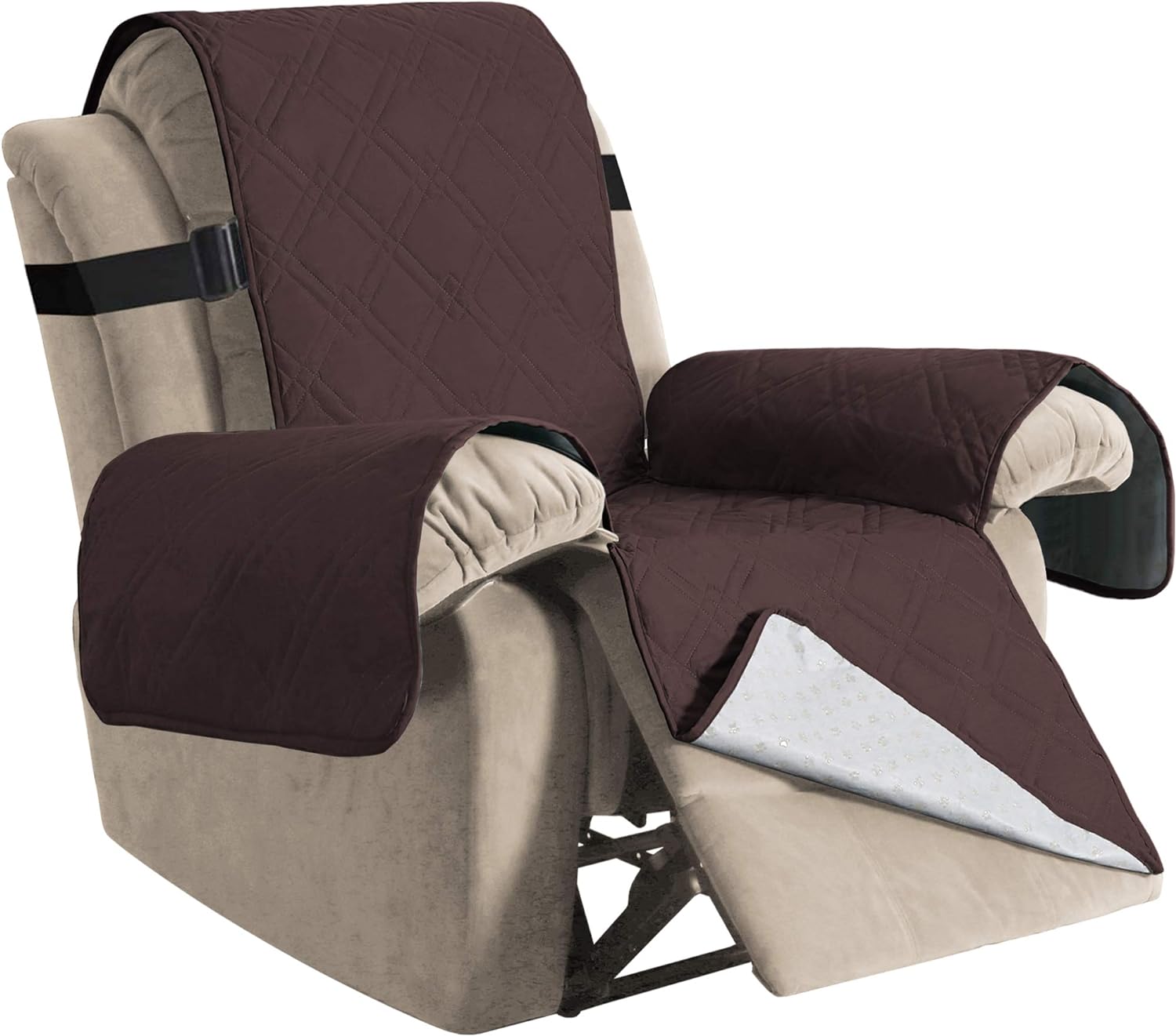
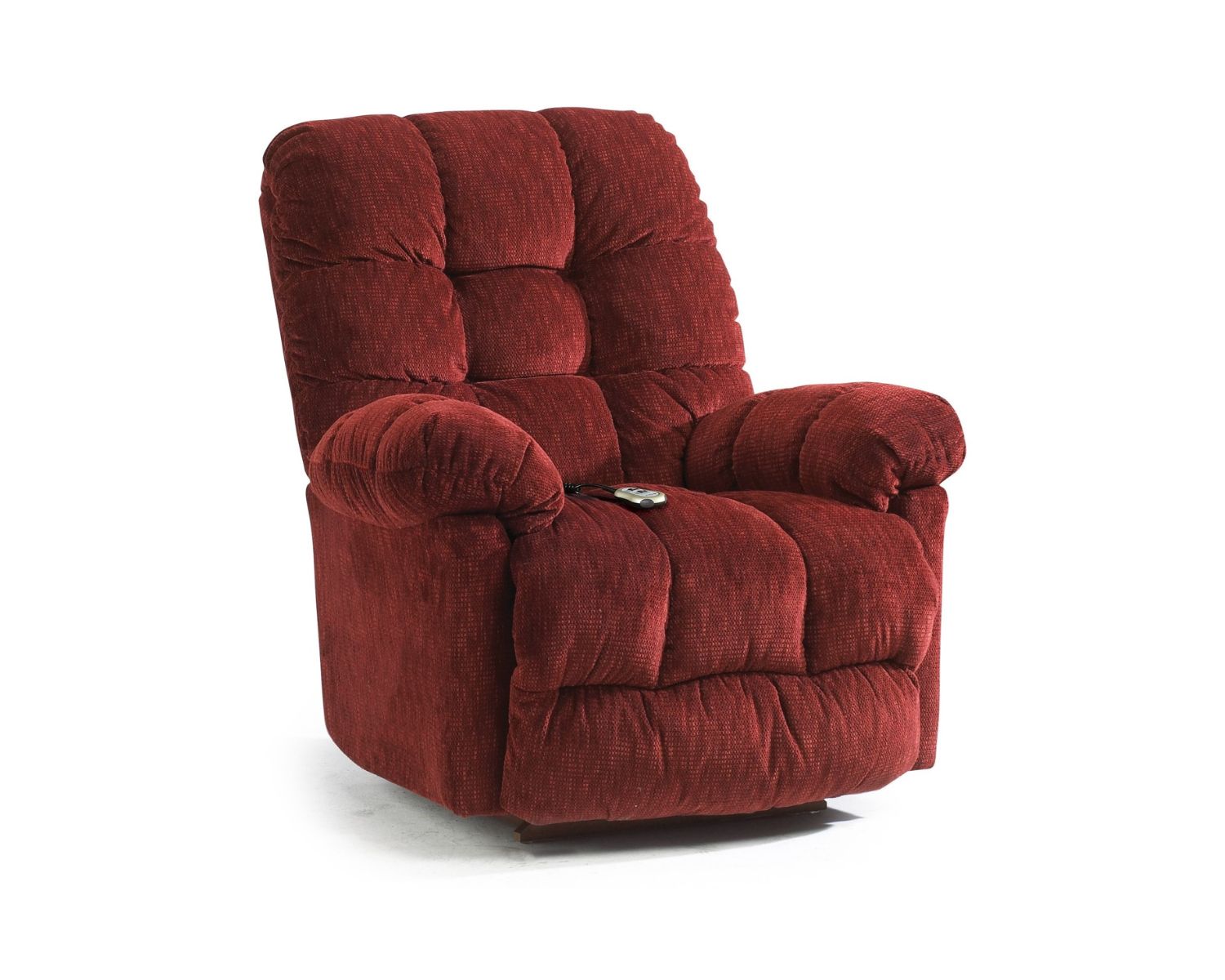
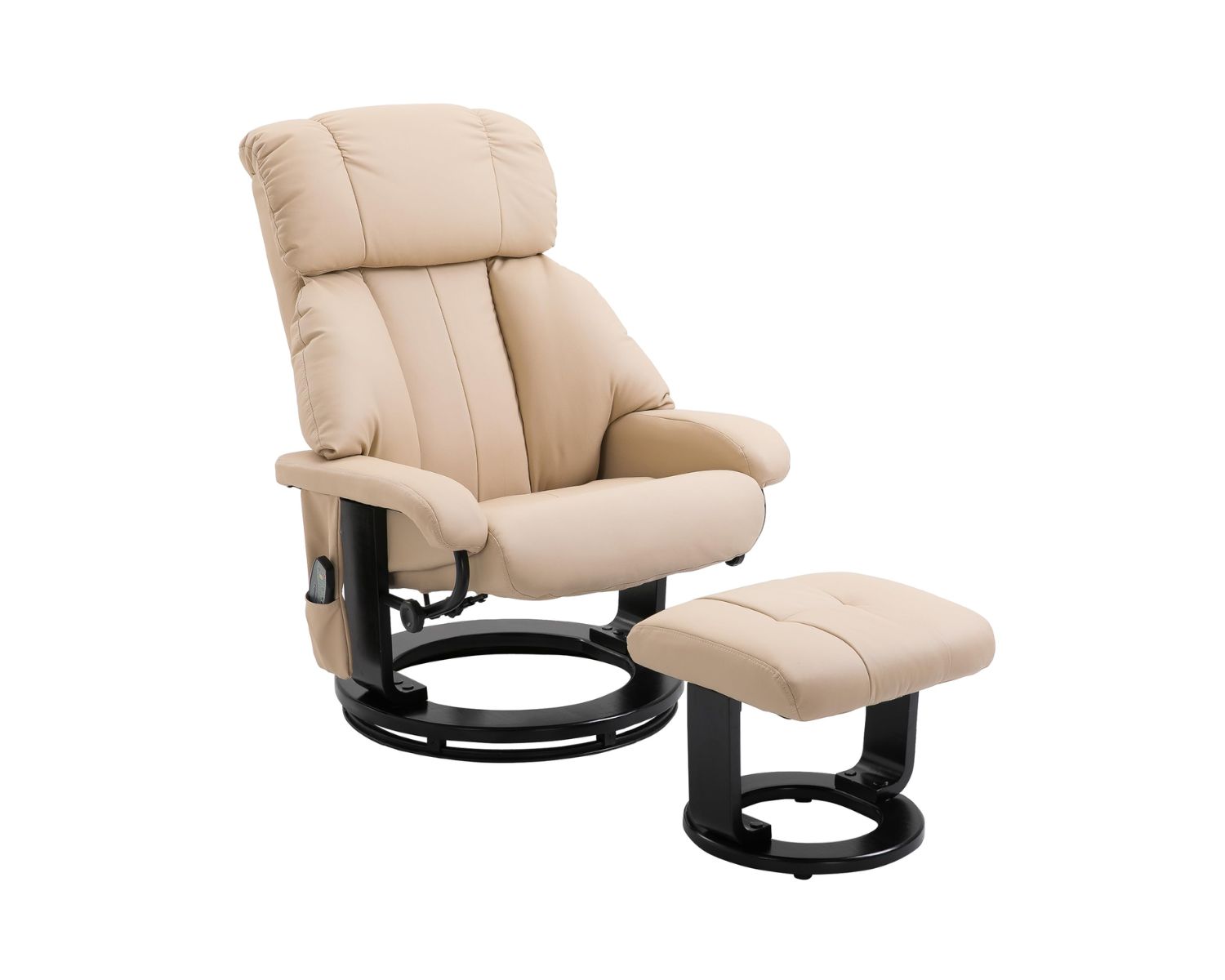
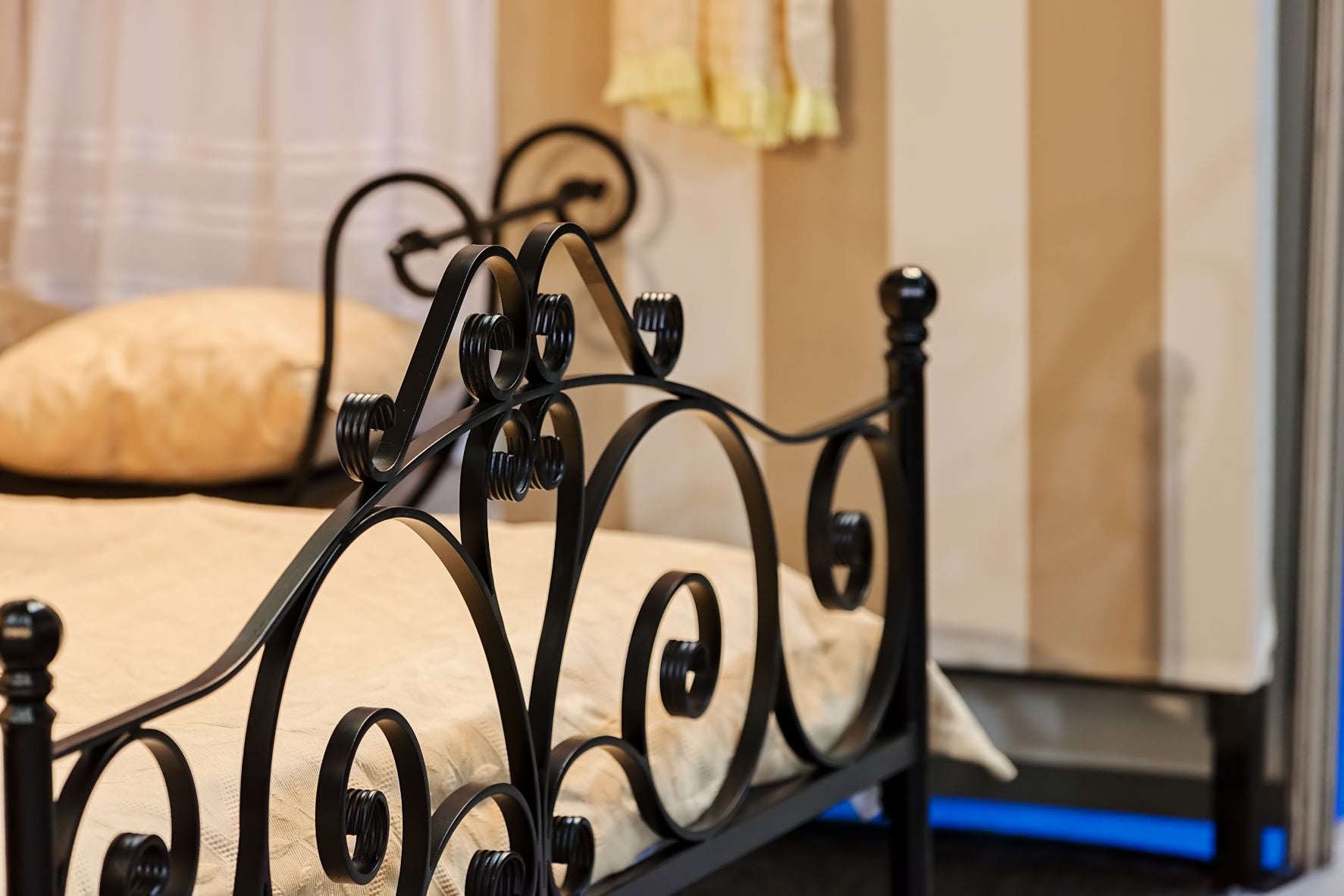
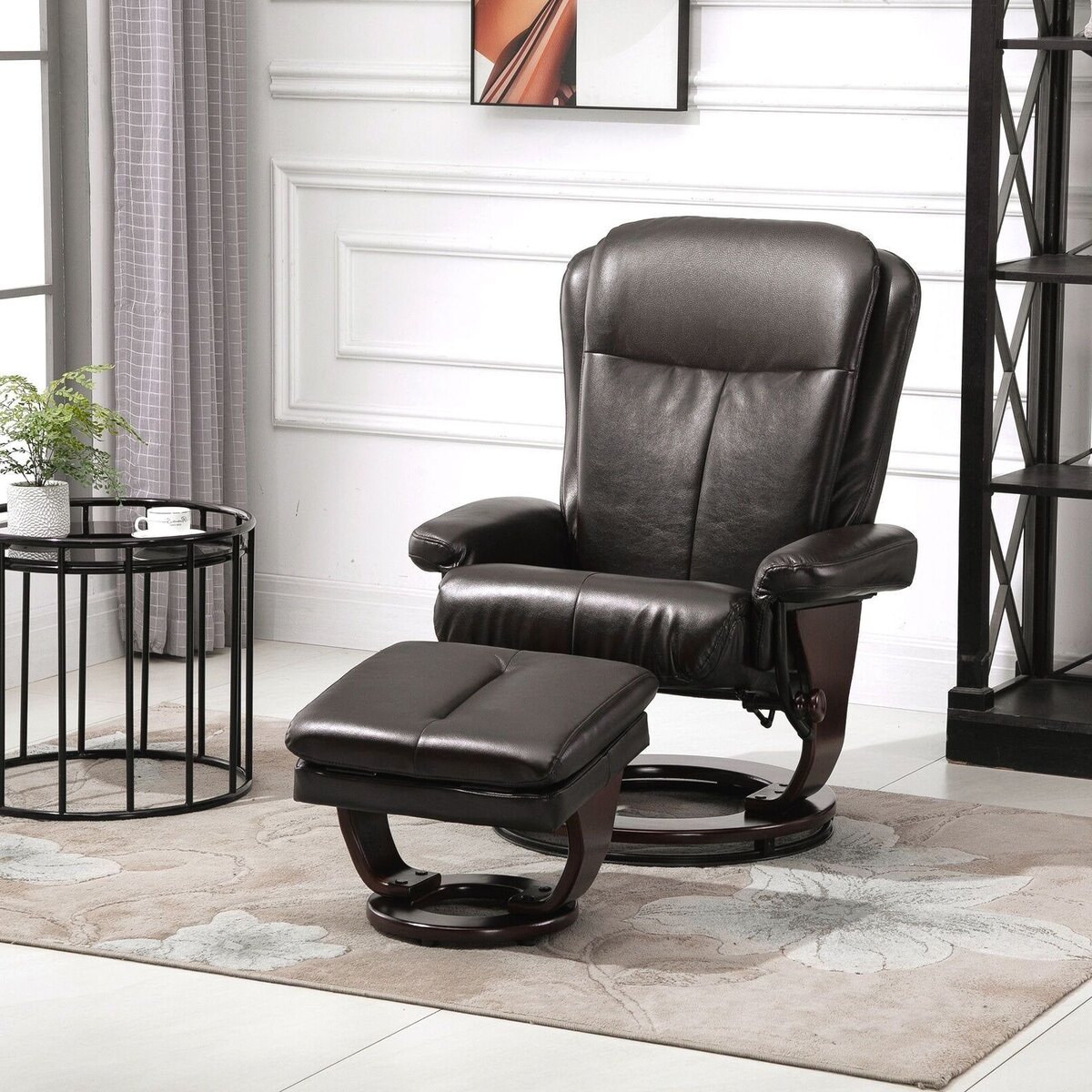
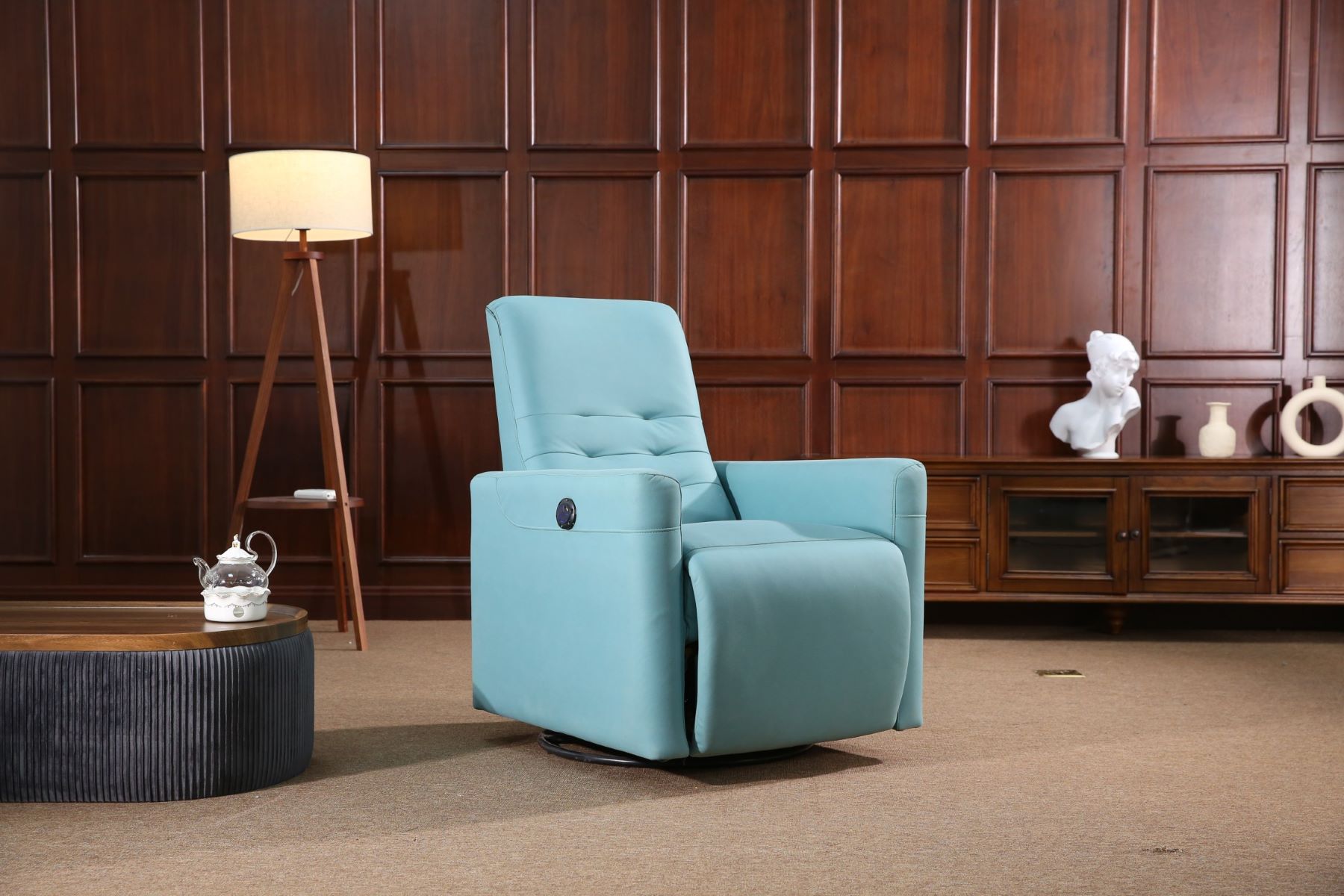
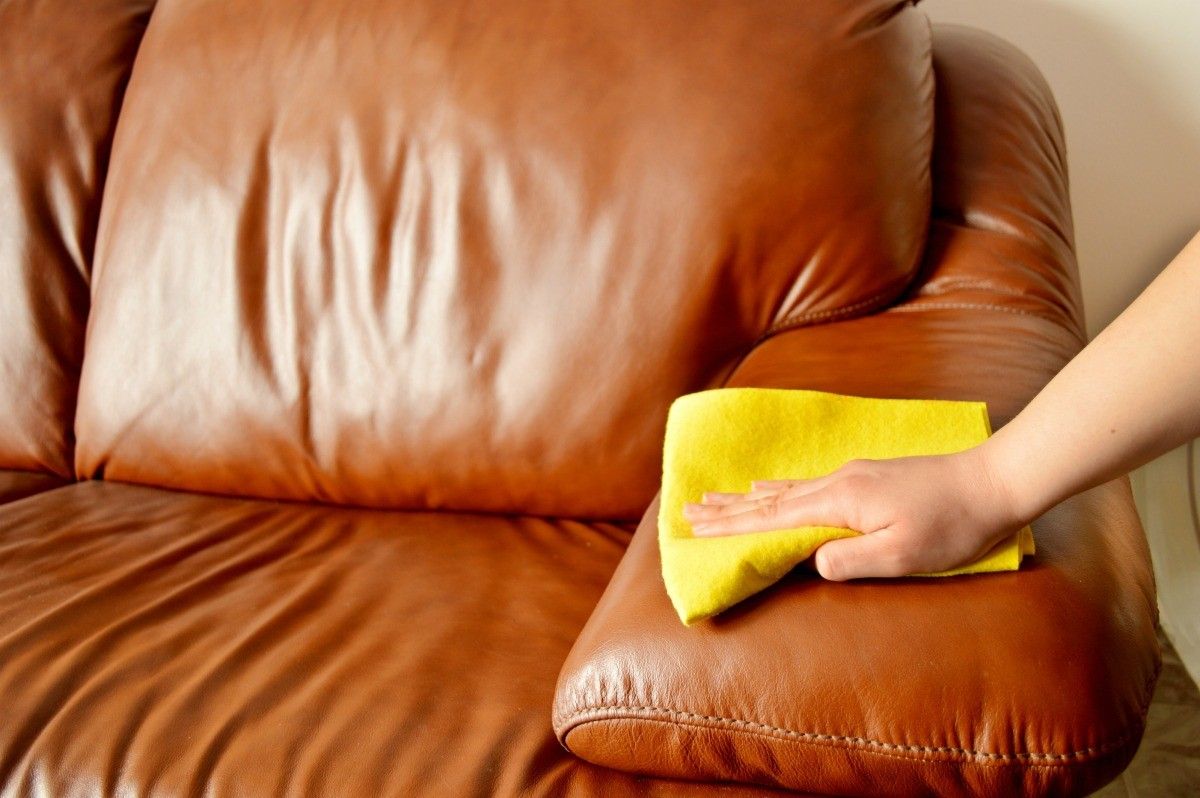
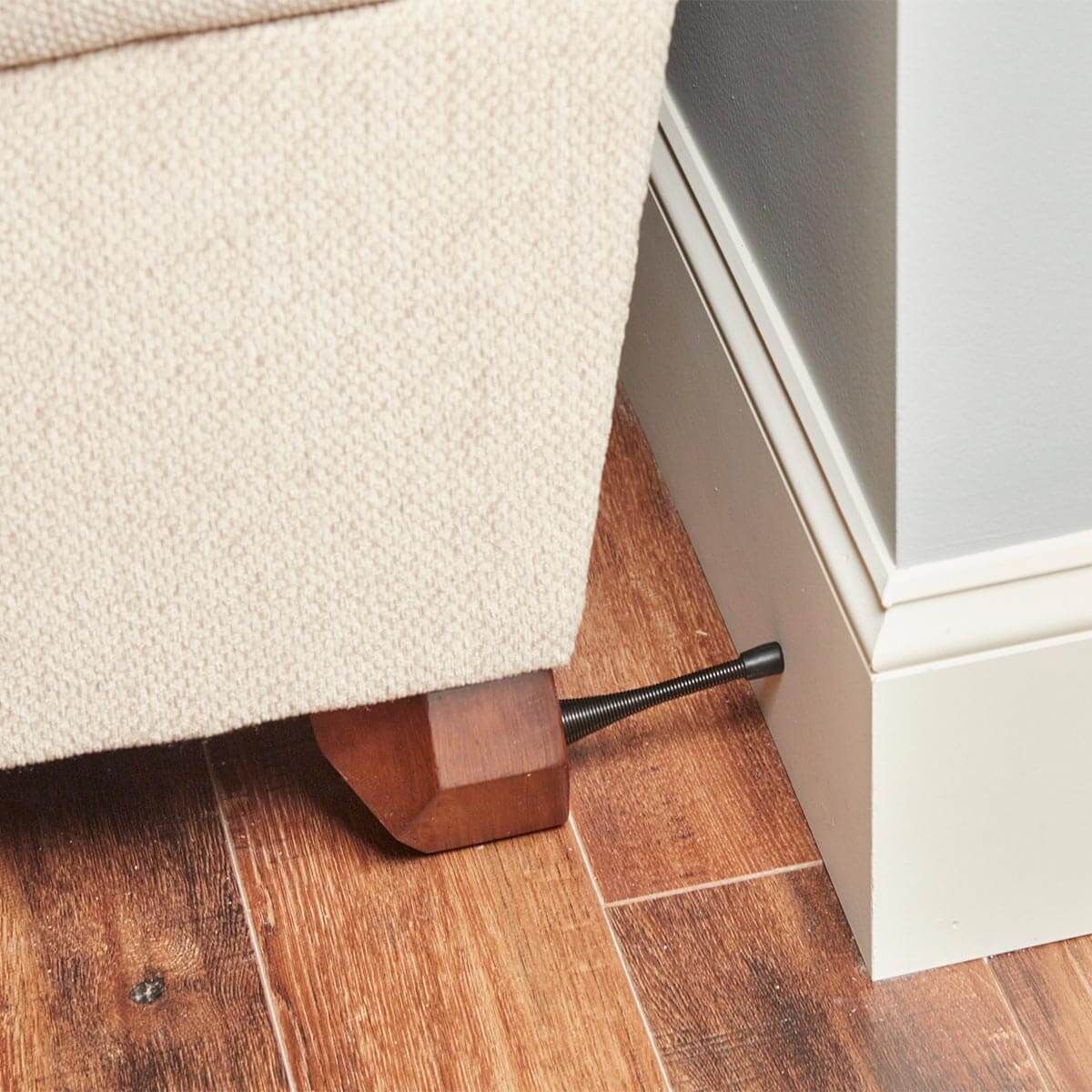
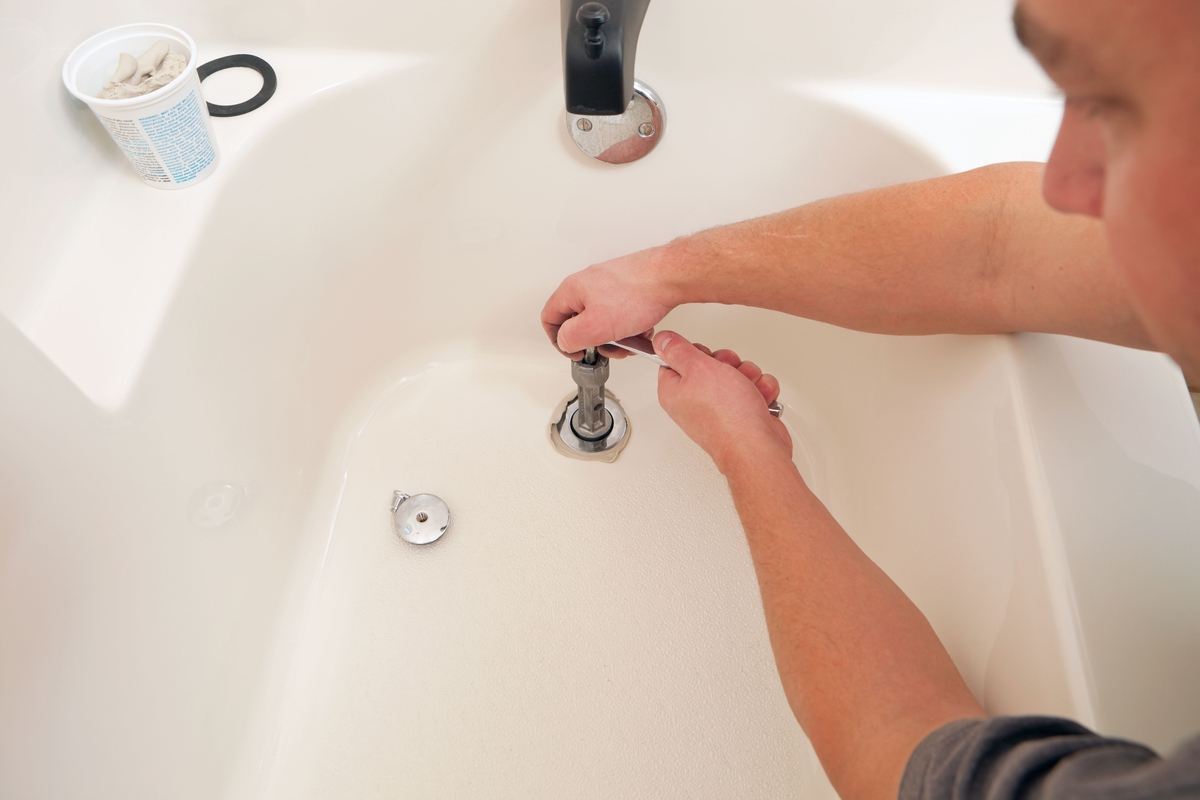
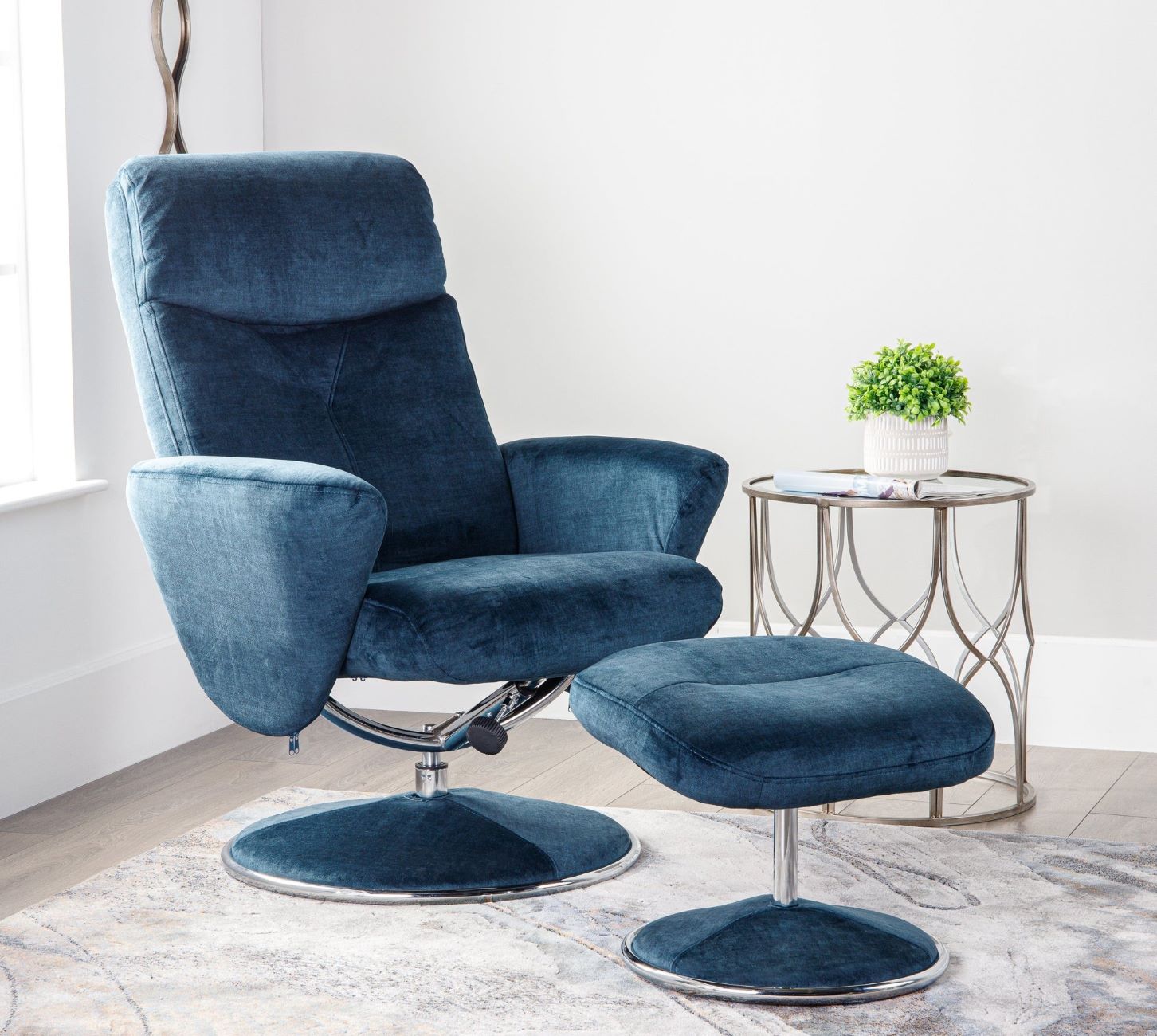
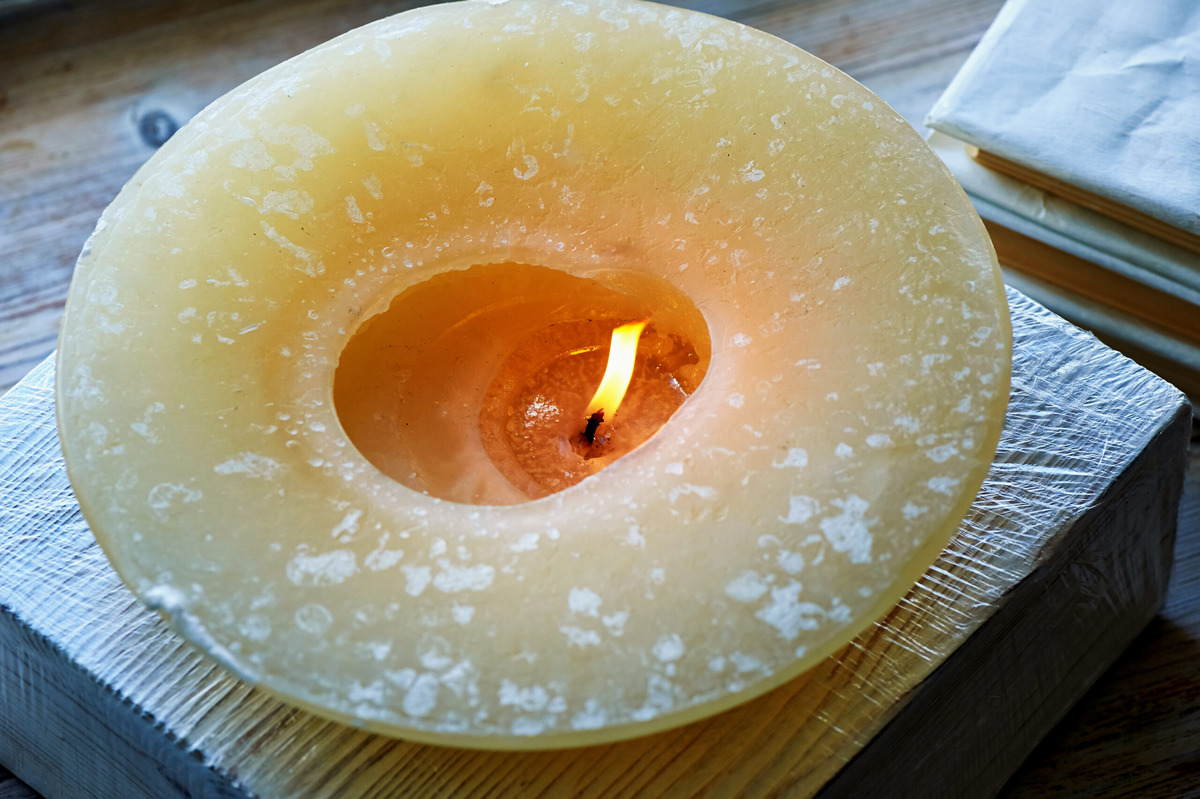
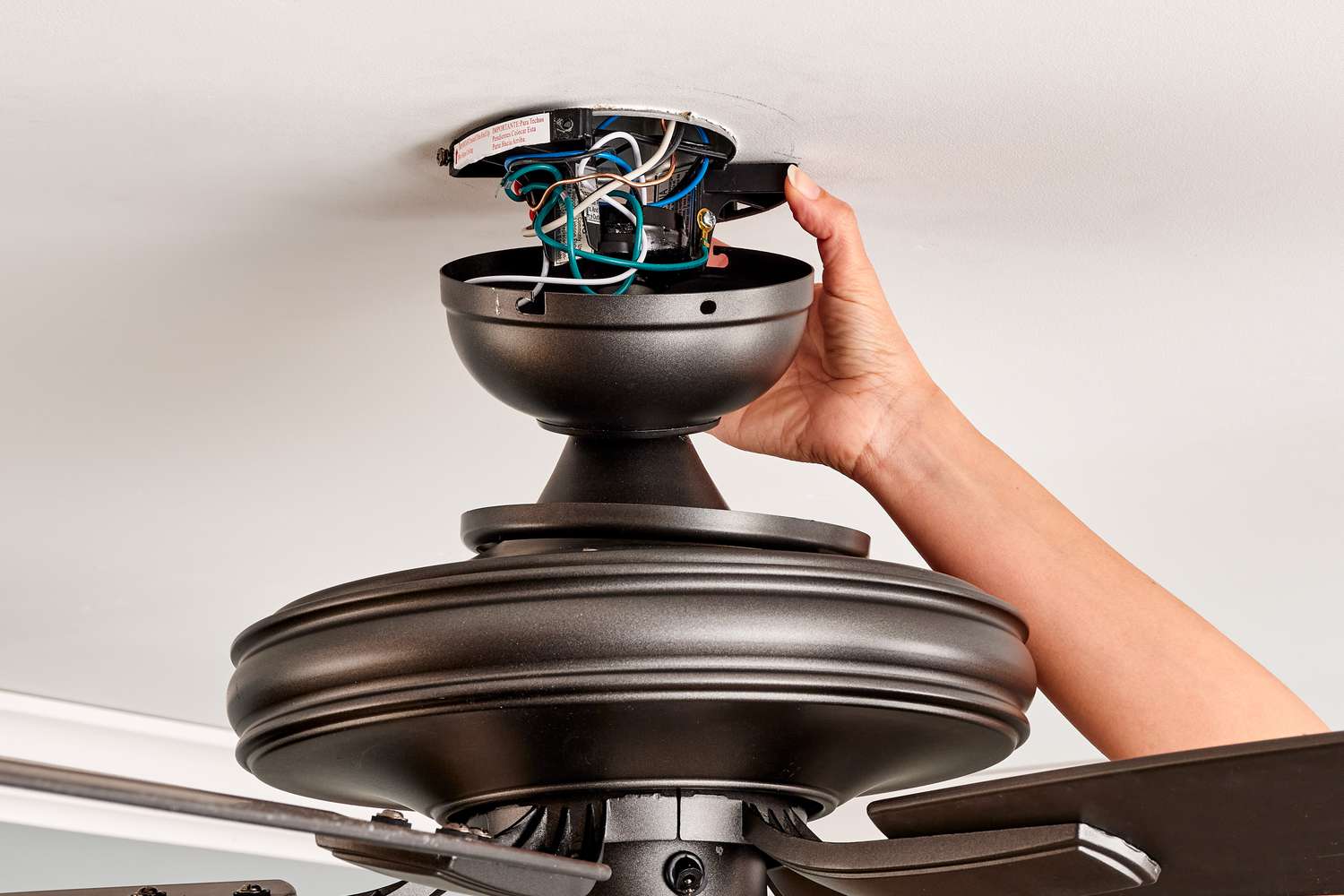

0 thoughts on “How To Stop Recliner From Squeaking”